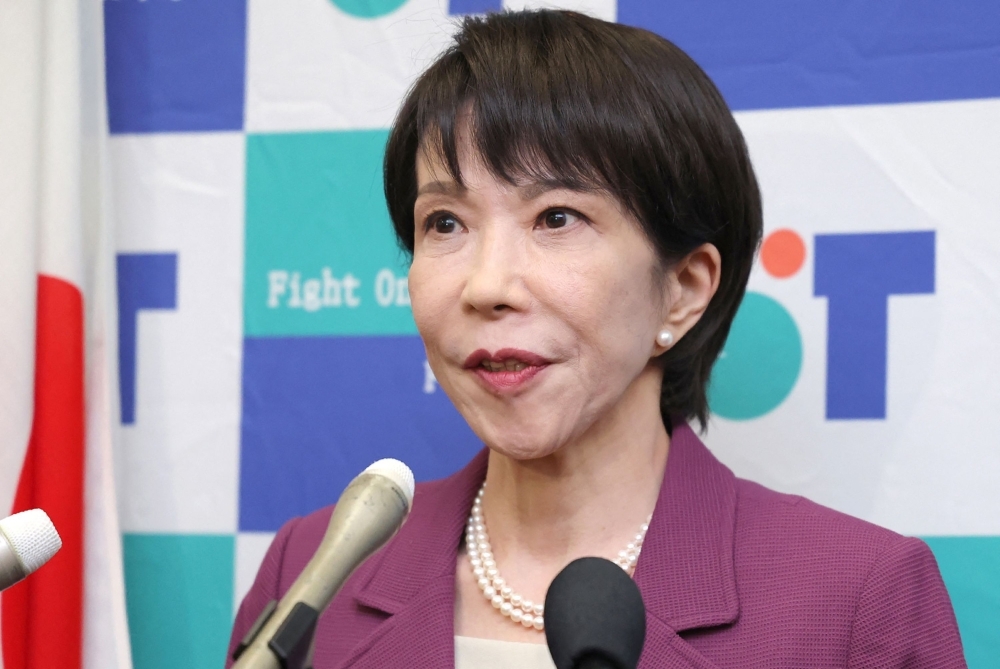TOKYO, Sept 18 – In a bold and determined move, Sanae Takaichi, one of Japan’s most recognized conservative voices and a long-time critic of China’s growing military assertiveness, officially announced her candidacy for the leadership of the ruling Liberal Democratic Party (LDP). If successful, Takaichi would become Japan’s first woman to hold the office of Prime Minister.
The 64-year-old political veteran and former Internal Affairs Minister took to the stage in Tokyo today, declaring a vision for a new era in Japanese politics—one rooted in security, national pride, and economic revitalization.
“What we need now is politics that transforms people’s daily lives and anxieties about the future into hopes and dreams,” Takaichi said during her announcement. “And it is also strong politics that will overcome the crisis Japan faces.”
Takaichi is widely regarded as a political hawk. Her platform strongly supports conservative social policies, expansive defense initiatives, and economic strategies modeled after her mentor, the late Shinzo Abe. Her consistent calls for larger government spending and ultra-low interest rates align with Abe’s “Abenomics” approach, a model aimed at shaking Japan’s economy out of stagnation.
She is also no stranger to controversy. Her repeated visits to the Yasukuni Shrine—a memorial honoring Japan’s war dead, including convicted war criminals—have sparked criticism from neighboring countries and deepened her image as a nationalist. Still, for many conservative voters in Japan, her firm stance on defense and tradition is a source of strength in uncertain times.
In the leadership race, Takaichi faces stiff competition. Chief among her challengers is 44-year-old Shinjiro Koizumi, a charismatic and widely popular Agriculture Minister with a strong public following and a political legacy, being the son of former Prime Minister Junichiro Koizumi. Despite his youth, Koizumi has emerged as a top contender, especially among younger voters.
Other candidates include Chief Cabinet Secretary Yoshimasa Hayashi, a policy-savvy moderate known for his quiet diplomacy and pragmatic approach. While Takaichi and Koizumi offer contrasting visions of leadership, both are expected to be frontrunners in the party vote set for October 4.
The LDP leadership race was triggered after outgoing Prime Minister Shigeru Ishiba, a moderate voice in Japanese politics, announced his resignation following back-to-back election defeats. Whoever wins this internal party contest is likely to take the top national role, provided they can secure majority support from both party and opposition lawmakers in parliament.
As Japan faces complex challenges—including economic uncertainty, regional tensions, and social change—Takaichi’s candidacy symbolizes not only a potential historic shift in leadership but also a larger conversation about the future direction of the country.
Behind the Numbers, a Deeper Shift
Sanae Takaichi’s run is more than a political contest—it is a reflection of changing expectations. While her policies may be polarizing, her candidacy marks a pivotal moment for women in Japanese politics, where female representation remains rare at the highest levels. Regardless of the outcome, her bold decision to step forward could inspire a new generation of women leaders to rise, challenge norms, and redefine leadership in Japan.




